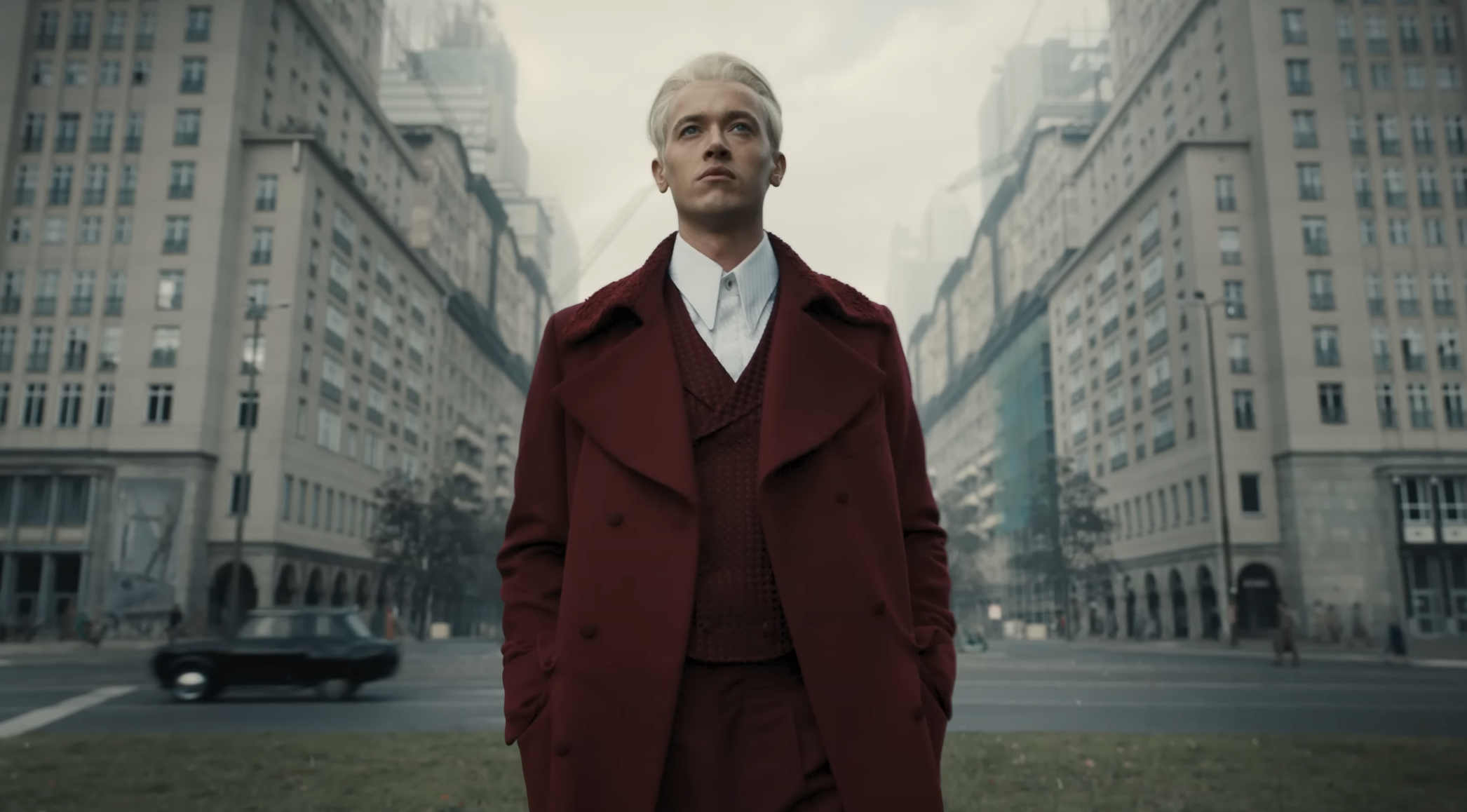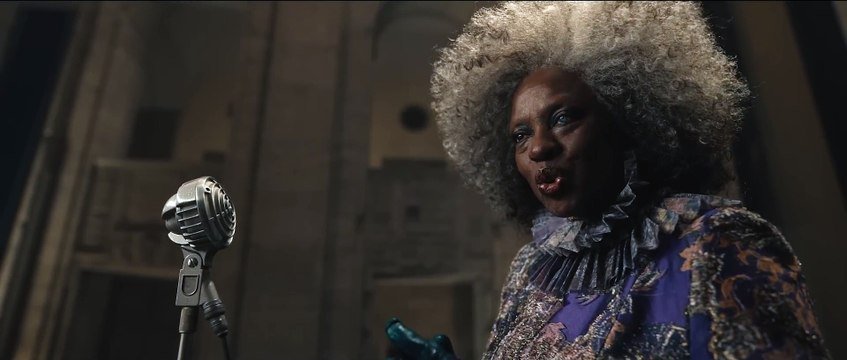‘The Hunger Games: The Ballad of Songbirds and Snakes’ Review: Fantastic Franchise Filmmaking
The teen dystopian genre, defined by the likes of the Twilight, Maze Runner and Divergent series (in addition to the most obvious Hunger Games), shaped blockbuster cinema in the early 2010’s. Even a few of the later Harry Potter films took part in this look and feel; dark colors and tangible teenage angst swirling through each frame as a sort of thread for the unashamedly soapy drama.
The aforementioned Hunger Games films, even in the face of the lofty Harry Potter entries, are still often seen as the best of the type. The quadrilogy are modern classics in their own way, and Francis Lawrence made a career highlight out of directing the latter three.
Now, nearly a decade and one prequel novel later, Lawrence has returned to deliver the always-inevitable adaptation, notching another entry in the Hunger Games cinematic canon and breathing life once more into the infamous genre with ‘The Ballad of Songbirds and Snakes’ (SaS). Despite the passage of time, he hasn’t missed a beat.
If anything, he’s sharpened his senses. Lawrence directs SaS with a hardened class and unfamiliar hunger; this is hardly a return to form, as he’s constantly finding new ways to frame familiar action and Hunger Games happenings in order to make this film feel fully set apart. Even simple conversational coverage is shot with a sense of urgency, almost like nobody was sure of the interest that remained in this franchise. That’s a valid question, and if it meant they went all out as they did, I’m glad they asked it. But, thankfully, the box office numbers seem to indicate no waning intrigue among moviegoers, anyway.
Tom Blyth spearheads the cast as the villainous Coriolanus Snow, and is neck-and-neck with Viola Davis, who’s equally evil and perhaps even more intimidating, for the best performance in the film. They’re both immediately imposing and may go down as two of the better villains the mainstream franchise pipeline has seen in a long while. On the other side of the coin is Rachel Zegler and Josh Rivera, turning in two more solid performances as the main protagonists.
Rivera especially brings the heat. He’s a kind of tragic inverse of Snow, determined good down the wire, and perhaps even to a fault. He pairs with Blyth much like Davis does, only when she’s not around. SaS is just full of memorable encounters and mainstay characters.
Even the extensive supporting cast make a mark one way or another; by spending so much time in one enclosed space, by proxy of a retro-feeling event, everyone involved has time to shine. You may not remember some of those names, but you’ll remember what they did. Oh, and if all that wasn’t enough, Lucky Flickerman returns with an infinite coin flip and constant one-off jokes. No shortage of personality at any point here.
The film’s cardinal highlight, though definitely not a happy-go-lucky aspect, is the unabashed darkness that pervades it the whole way through. SaS is a mean film; the games have never looked, or especially felt, more dire. Beyond the expected violence that comes with a fight for the death, multiple competitors this time around have prior ailments that essentially outlaw their chances at survival prior to the horn sounding.
The film, drawing another victory from the excellent screenplay, really drags this out too, to intense effect. You know it’s coming for each of them, but when it actually happens, you can’t help but fall apart. The film is emotional on the whole, but it accomplishes emotional sequences involving characters who haven’t spoken a single word, and that is quite an accomplishment. Somehow, for really the first time in a Hunger Games film, the circumstances are used in this way to simply pull on the heart strings. It works to a painful degree.
In that way, the film also manages to expand on the overarching themes the franchise has put forward on the big screen thus far, and ensures a coherent narrative that fits into the overall story. Franchise prequels have a history for, well, being really bad. Infamous efforts like the Star Wars prequel trilogy to the two now-hidden Exorcist prequels (yes, those exist), blockbuster cinema exhibits a pattern of failure in this regard. Yet here we have SaS, doing far more right than many thought it would and breathing a second life into a long-dormant franchise.
The film isn’t completely without flaws. There’s nothing fatal, by any means, but the choppy structure and inconsistent pacing cost impact in more than a few moments. The third act specifically just sort of comes and goes, following a middle portion packed with development and seismic character shifts. It doesn’t lose intrigue, but certainly seems pressed for time, and you may find yourself pulled out to a point as a result.
Further, the film’s decision to pull a page from the book and visually split the acts into three chapters increases the unfortunate separation in tone between the last two acts. It’s a small detail, and stylistically valuable, but does no favors for the problems of inconsistency at hand. A little extra time on the end of the film probably would’ve fixed most of these struggles; after all, three hour movies are an increasing commonality in the industry today, and nobody seems to have a problem with them (see The Batman and Oppenheimer most recently).
Regardless, this is a big hit on the whole. The Ballad of Songbirds and Snakes feels like a natural continuation of the Hunger Games cinematic franchise in just about every way, and may even go down as one of the most effective and well-managed prequels of this ilk. Francis Lawrence clearly has a lot of passion left for this story, as do fans of the franchise. If a new book were to be written, it’s almost a guarantee we’d get a cinematic follow-up in the same vein. Until then, SaS should continue to satisfy fans and critics alike, earning its place among the other films and reminding everyone of the Hunger Games once more.



